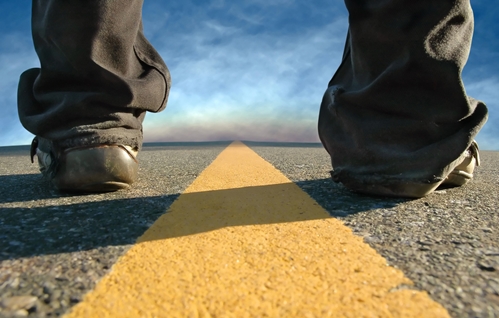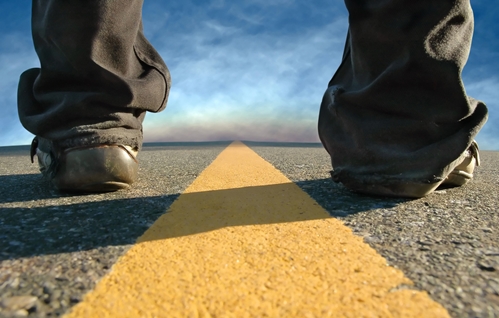Why America’s infrastructure needs 3D laser scanning

According to the 2013 Report Card for America's Infrastructure from the American Society of Civil Engineers (ASCE), the vast majority of the dams, bridges and roads in the U.S. are in desperate need of improvements. The report card gave dams a D, bridges a C+ and roads a D, just to name a few of the specific scores, with the country's entire infrastructure rated a D+. While these scores are better than in years past – CNN Money reported that the ASCE gave U.S. infrastructure a D in 2009 – issues with the nation's infrastructure could continue if civil engineers and local governments aren't able to accurately identify which areas of their bridges and roads require improvement. In fact, land surveying and 3D laser scanning may be the best way to keep costs low and find weak structural areas in infrastructure when repairing these sites.
Infrastructure remains a challenge
Replacing and repairing the nation's infrastructure has been on the president's mind for some time, according to The New York Times. The news source reported President Barack Obama continues to concentrate on the issue in numerous speeches, even urging the government to find $302 billion to improve the nation's sore infrastructure over a four year time span. Members of the ASCE recently went to Washington, D.C., to urge lawmakers to put $3.6 trillion to the nation's infrastructure problems by 2020.
Bridges in particular are of concern. According to the ASCE, 1 in 9 of the country's 607,000 bridges are in desperate need of repair, with experts even calling these bridges as "structurally deficient." In fact, the ASCE places the average age of U.S. bridges at 42 years. This issue was thrust into the national spotlight in 2007 when 145 people were injured and 13 people died when a bridge in Minneapolis collapsed. However, The New York Times noted the decay currently happening to the nation's infrastructure continues to be an issue.
Land surveying and 3D laser scanning can get to foundational issues
Many Americans are all too accustomed to traffic bottlenecks in certain parts of the country or having to use aging bridges. Repairing some of these issues can take billions (if not trillions) of dollars from taxpayers and cause additional issues with traffic having to be rerouted.
Yet it usually comes down to money when engineers and local lawmakers consider improving aspects of infrastructure. Civil engineers need to understand existing conditions of their infrastructure projects, yet it can be difficult for them to receive accurate measurements of these areas due to high traffic, difficult access points and, yes, funding issues. Drawings of as-is conditions can be off if there were issues with construction and the plans weren't updated to compensate for the adjustments, or repairs had been done but were not documented properly.
The only way for civil engineers and architects to get a pin-point picture of their infrastructure projects' existing condition is to use land surveying and 3D laser scanning technology. 3D laser scanners can compile a complete picture of bridges, roads and ports in little time compared to trying to map sites by hand. This technology is also incredibly accurate, which means civil engineers don't have to waste valuable resources having to redo work. In addition, as-is 2D drawings and 3D models can be created from gathered raw data using the latest software, such as kubit, so architects and engineers can have a precise picture of existing site conditions without paying through the nose.
When there's not much funding to repair infrastructure, engineers need to be sure they are using their available resources in the best ways. 3D laser scanning and modeling services can ensure architects and civil engineers stay within their budgets while still providing high-quality improvements.

